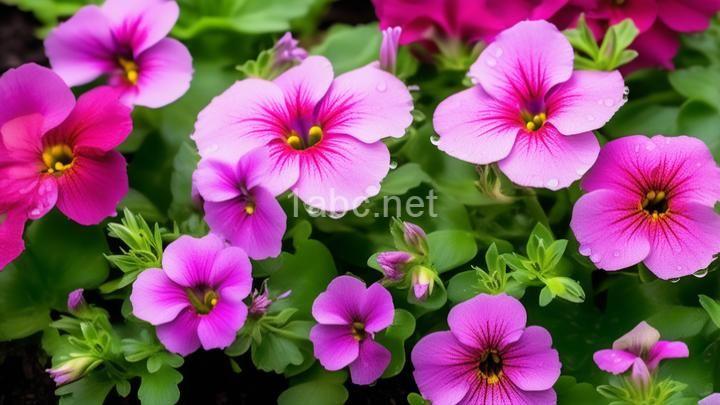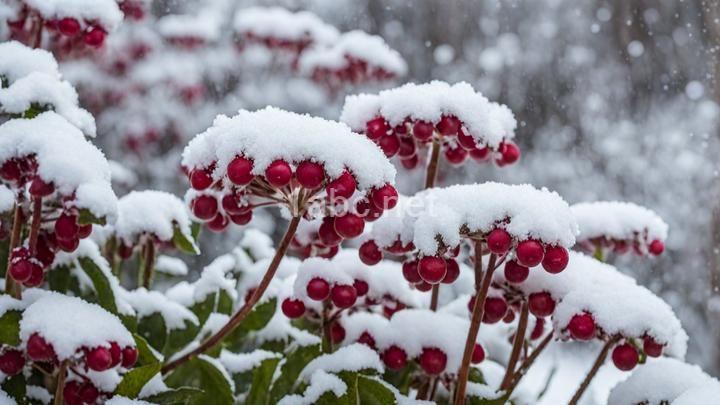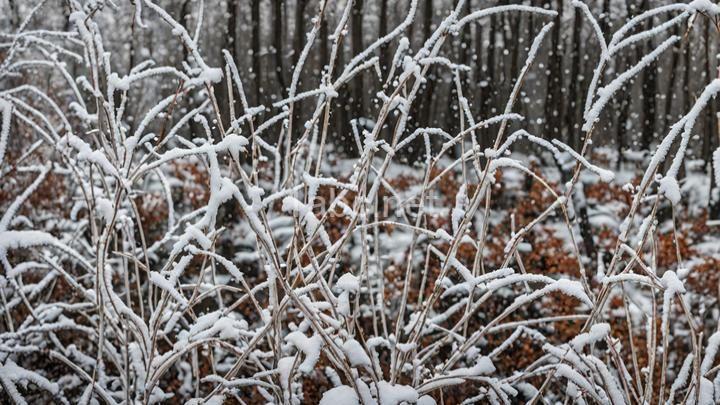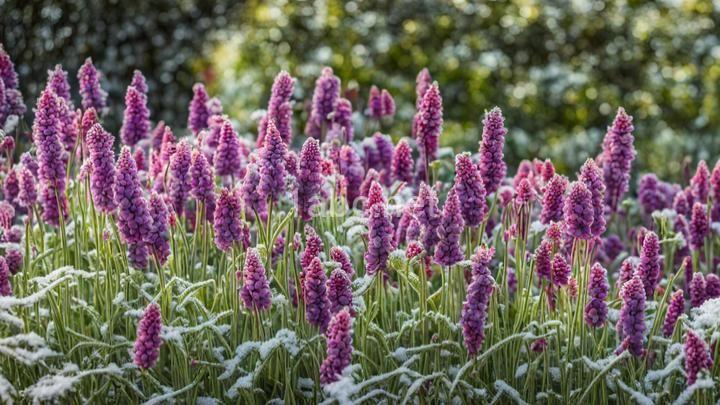The Ultimate Guide to Watering Your Garden Perennials
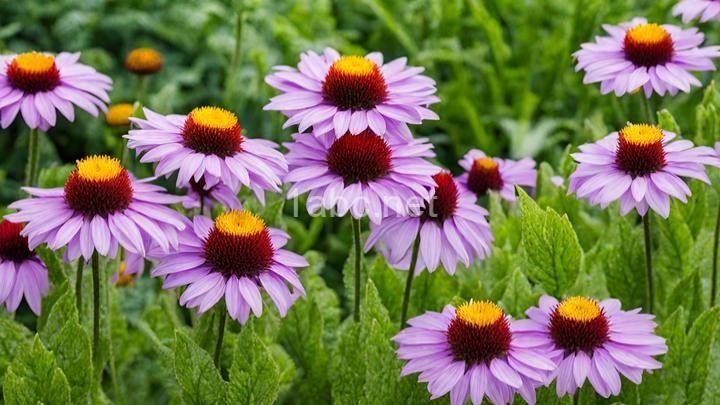
Introduction:
Welcome to our friendly guide on watering your garden perennials! In this comprehensive article, we will walk you through everything you need to know about providing your plants with the right amount of water. Proper watering is crucial for the health and growth of garden perennials, and we're here to help you become a watering expert!
I. Understanding the Water Needs of Garden Perennials:
A. Differentiating between drought-tolerant and moisture-loving perennials:
First, it's important to understand that not all garden perennials have the same water needs. Some plants, like lavender and succulents, are drought-tolerant and can survive with minimal watering. On the other hand, there are moisture-loving perennials such as ferns and hostas that thrive in consistently moist soil.
B. Factors influencing water requirements:
The water needs of garden perennials are influenced by several factors, including the climate in which they are grown, the type of soil they are planted in, and the specific plant species. For example, plants in hot and arid regions will generally require more frequent watering than those in cooler and more humid climates. Similarly, sandy soil drains water quickly, while clay soil retains moisture for longer periods.
C. Signs of overwatering and underwatering plants:
Overwatering and underwatering are common mistakes in gardening. Overwatered plants may exhibit symptoms such as yellowing leaves, wilting, or root rot. On the other hand, underwatered plants may have shriveled leaves, dry soil, or stunted growth. It's important to observe your plants regularly and adjust your watering routine accordingly.
II. Determining the Right Watering Schedule:
A. General guidelines for establishing a watering routine:
To determine the right watering schedule for your garden perennials, consider the specific water needs of each plant and the environmental factors discussed earlier. As a general rule, it's better to water deeply and less frequently rather than shallowly and frequently. This encourages the roots to grow deeper into the soil, making the plants more resilient to drought.
B. Adapting the schedule based on seasonal variations:
Seasonal variations play a significant role in plant water requirements. During hot summer months, plants may need more frequent watering, while in cooler seasons, they may require less. Pay attention to weather patterns and adjust your watering schedule accordingly.
C. Adjustments for newly planted perennials versus established ones:
Newly planted perennials require extra care and attention in the initial weeks. They have smaller root systems and are more susceptible to drying out. Water them more frequently, keeping the soil consistently moist until they are established. Established perennials, on the other hand, have deeper root systems and can withstand longer periods between watering.
III. Choosing Suitable Watering Techniques:
A. Overview of common watering methods:
There are several watering techniques to choose from, depending on your preferences and the specific needs of your plants. Hand-watering with a hose or watering can is a popular method that allows for precision and control. Sprinklers are a convenient option for larger areas, providing widespread coverage. Drip irrigation systems are excellent for conserving water and delivering it directly to the plant's root zone.
B. Pros and cons of each technique:
Hand-watering allows you to closely monitor the amount of water each plant receives, but it can be time-consuming for larger gardens. Sprinklers provide even coverage but may not be efficient in terms of water usage. Drip irrigation systems are highly efficient, but they require initial setup and maintenance.
C. Tips for efficient water usage while ensuring thorough plant hydration:
To maximize water efficiency, water your plants early in the morning or late in the evening when evaporation rates are lower. Avoid watering leaves, as wet foliage can lead to fungal diseases. Instead, focus on watering the soil around the plant's base, allowing the water to penetrate deeply.
IV. Implementing Best Practices for Water Conservation:
A. Promoting good drainage to prevent waterlogging:
Good drainage is essential to prevent waterlogging, which can suffocate plant roots. Ensure that your garden beds have adequate drainage by adding organic matter, such as compost, to improve soil structure. Raised beds or planting on slopes can also help facilitate proper drainage.
B. Mulching techniques to retain moisture in the soil:
Mulching is a fantastic technique to conserve moisture in the soil. Apply a layer of organic mulch, such as wood chips or straw, around your perennials. This helps reduce evaporation, keeps the soil cool, and suppresses weed growth. Be sure to leave a small gap around the plant's base to prevent moisture-related issues.
C. Collecting rainwater as an eco-friendly alternative to tap water:
Consider collecting rainwater to use for watering your garden perennials. Install a rain barrel or a rainwater harvesting system to capture and store rainwater. This not only conserves water but also reduces your reliance on tap water, which may contain chemicals like chlorine.
V. Troubleshooting Common Watering Issues:
A. Addressing issues like wilting or yellowing leaves:
If you notice wilting or yellowing leaves, it could be a sign of both overwatering and underwatering. Check the moisture level of the soil by inserting your finger about an inch deep. If it feels dry, water the plant thoroughly. If it feels overly wet, allow the soil to dry out before watering again.
B. Dealing with fungal diseases caused by excessive moisture:
Excessive moisture can create a favorable environment for fungal diseases, such as powdery mildew and root rot. To prevent these issues, avoid wetting the leaves when watering, improve air circulation around plants, and ensure proper drainage. If fungal diseases persist, consider using organic fungicides or consult a local gardening expert.
C. Strategies to revive overwatered or dehydrated plants:
If you accidentally overwatered or underwatered your plants, there are strategies to help them recover. For overwatered plants, stop watering and improve drainage by loosening the soil or transferring the plant to a well-draining location. For dehydrated plants, water them deeply and provide shade or cover to reduce water loss through evaporation.
Conclusion:
In conclusion, watering your garden perennials is a crucial aspect of plant care that requires attention and understanding. By differentiating between drought-tolerant and moisture-loving plants, determining the right watering schedule, choosing suitable watering techniques, implementing water conservation practices, and troubleshooting common watering issues, you can ensure the health and thriving of your garden perennials.
Remember, finding the balance between providing enough water and avoiding overwatering is key. With this ultimate guide, you'll be equipped with the knowledge and techniques needed to keep your plants happy and flourishing in any climate or soil type.
Happy gardening!
FREQUENTLY ASKED QUESTIONS
What is The Ultimate Guide to Watering Your Garden Perennials?
The Ultimate Guide to Watering Your Garden Perennials is a comprehensive resource that provides valuable insights on how to effectively water your perennial plants. Whether you're a seasoned gardener or just starting out, this guide will help you understand the specific watering needs of your perennials and ensure their optimal growth and health.One of the most important aspects of watering perennials is understanding the individual requirements of each plant. Different perennials have varying water needs, and it's crucial to tailor your watering schedule accordingly. This guide will walk you through the process of identifying your plants' specific water requirements, taking into account factors such as soil type, climate, and plant maturity.
Additionally, the guide will cover essential watering techniques and best practices to ensure your perennials receive the right amount of water without over or under-watering them. It will explain the importance of watering deeply and infrequently, allowing the roots to establish and grow stronger. You'll also learn about the significance of proper drainage to prevent waterlogging and root rot.
The Ultimate Guide to Watering Your Garden Perennials will also address common watering mistakes to avoid, such as using sprinklers that may not effectively target the plant's root zone or relying solely on rainfall without supplementing with additional watering during dry spells.
Furthermore, this guide will provide practical tips for efficient watering, such as using mulch to retain moisture, monitoring soil moisture levels, and using tools like soaker hoses or drip irrigation systems for more precise watering.
By following the guidelines outlined in this comprehensive guide, you'll be equipped with the knowledge and techniques to keep your garden perennials hydrated and thriving. Remember, a well-watered garden leads to healthier, more vibrant plants that will beautify your outdoor space for years to come.
So, whether you're looking to enhance your gardening skills or seeking guidance on specific watering practices for your garden perennials, The Ultimate Guide to Watering Your Garden Perennials is your go-to resource. Happy gardening!
Why is watering important for garden perennials?
Watering is crucial for the health and vitality of garden perennials. Let's explore why it is essential.Firstly, water is essential for the survival of plants. Just like humans, plants need water to function properly. Water is responsible for transporting nutrients and minerals from the soil to all parts of the plant, including the leaves, stems, and roots. Without adequate water, plants cannot absorb these essential nutrients, leading to stunted growth and poor overall health.
Secondly, water helps regulate the temperature of plants. During hot and dry periods, plants can lose a significant amount of water through a process called transpiration. Transpiration helps cool the plant and prevent it from overheating. By watering regularly, you can replenish the water lost through transpiration and maintain an optimal temperature for your perennials.
Furthermore, watering is particularly important for newly planted perennials. These plants have not yet established a strong root system and rely heavily on regular watering to survive. Proper watering during the establishment period can promote root growth and increase the chances of long-term success for your perennials.
It's worth mentioning that overwatering can be detrimental to garden perennials as well. Excessive watering can lead to root rot, fungal diseases, and other issues. Therefore, it's essential to strike a balance and provide enough water to meet the plant's needs without drowning it.
In conclusion, watering is vital for garden perennials because it ensures the plants receive the necessary nutrients, helps regulate their temperature, and promotes their overall health and growth. By understanding the watering needs of your specific perennials and providing them with adequate moisture, you can enjoy a thriving and beautiful garden.
How often should I water my garden perennials?
When it comes to watering your garden perennials, it's important to find the right balance. Perennials generally require regular watering, especially during dry spells or hot weather. However, overwatering can be just as harmful as underwatering. A good rule of thumb is to water your garden perennials deeply once a week, providing them with about an inch of water. This allows the water to penetrate deeply into the soil, encouraging the roots to grow deeper and making the plants more resilient.
Of course, it's essential to consider factors such as the type of soil, weather conditions, and the specific needs of each perennial plant. Sandy soils tend to drain more quickly, requiring more frequent watering, while clay soils retain moisture longer, needing less frequent watering.
To determine if your perennials need watering, you can do a simple soil moisture test. Insert your finger into the soil up to the second knuckle. If it feels dry at that depth, it's time to water. If it still feels moist, you can hold off watering for a few more days.
Observing your plants is also crucial. If you notice wilting leaves, it's a sign that they need water. On the other hand, yellowing leaves can indicate overwatering, so adjust accordingly.
Remember that watering needs may vary depending on the specific perennial species you have in your garden. It's always a good idea to research the watering requirements of each plant to ensure you're meeting its individual needs.
By finding the right balance and paying attention to your perennials' cues, you can maintain a healthy and thriving garden.
What is the best time of day to water garden perennials?
The best time of day to water garden perennials is in the early morning or late afternoon. During these times, the temperatures are cooler, which allows the water to be absorbed by the plants without evaporating too quickly. Watering in the morning also gives the plants ample time to dry before nightfall, reducing the risk of fungal diseases. It's important to avoid watering in the middle of the day when the sun is at its peak, as the water can evaporate before it has a chance to reach the plant's roots.
